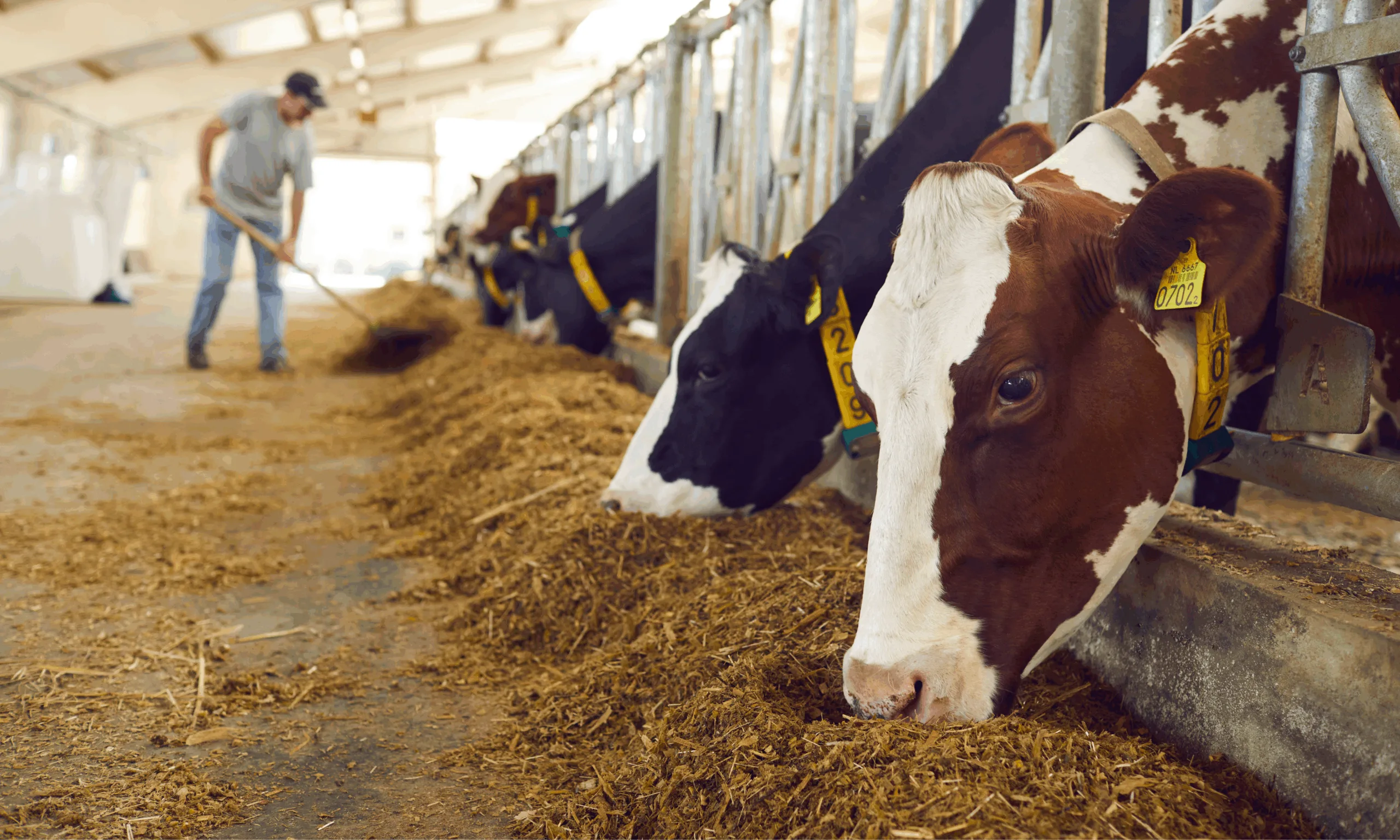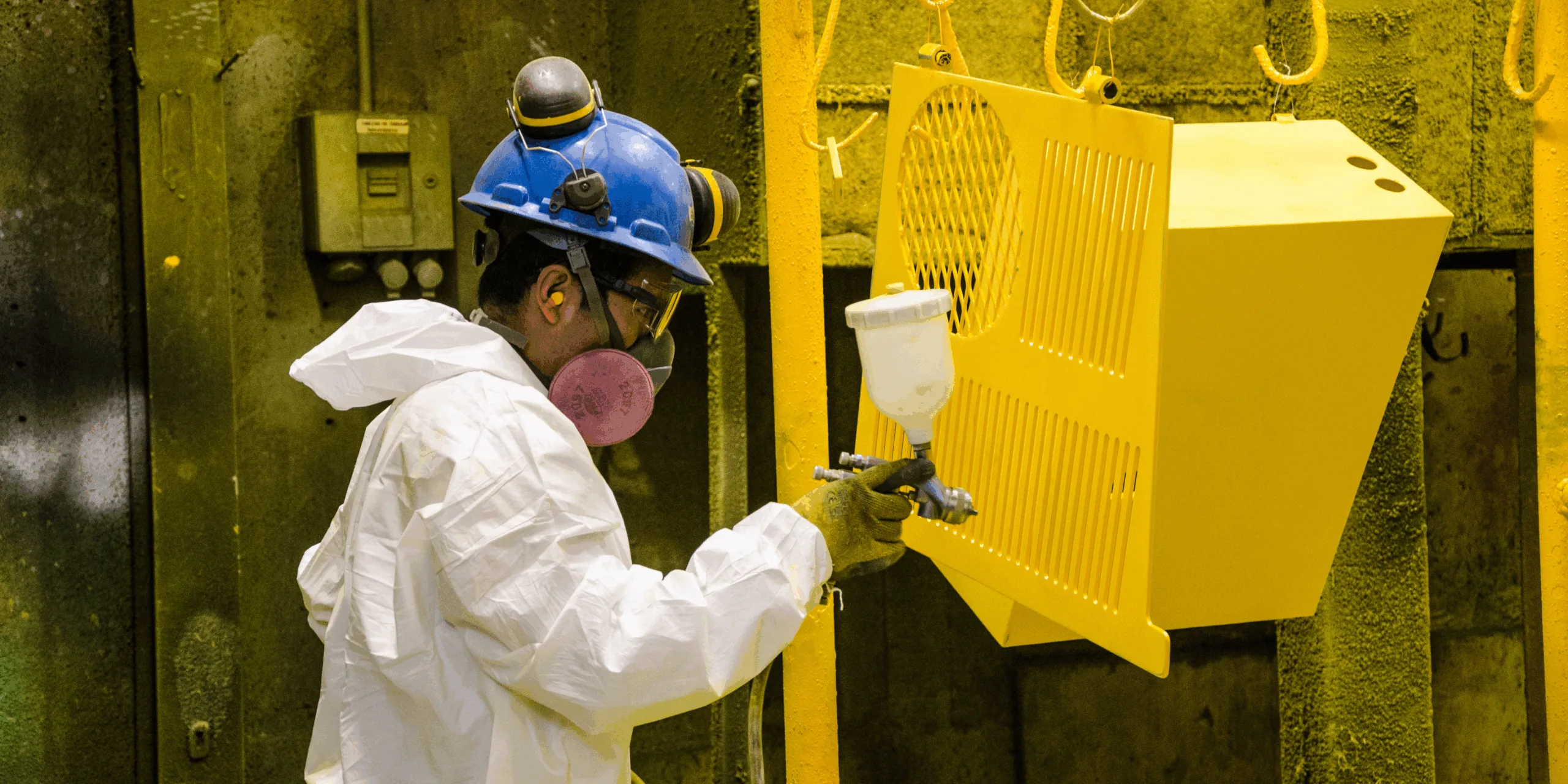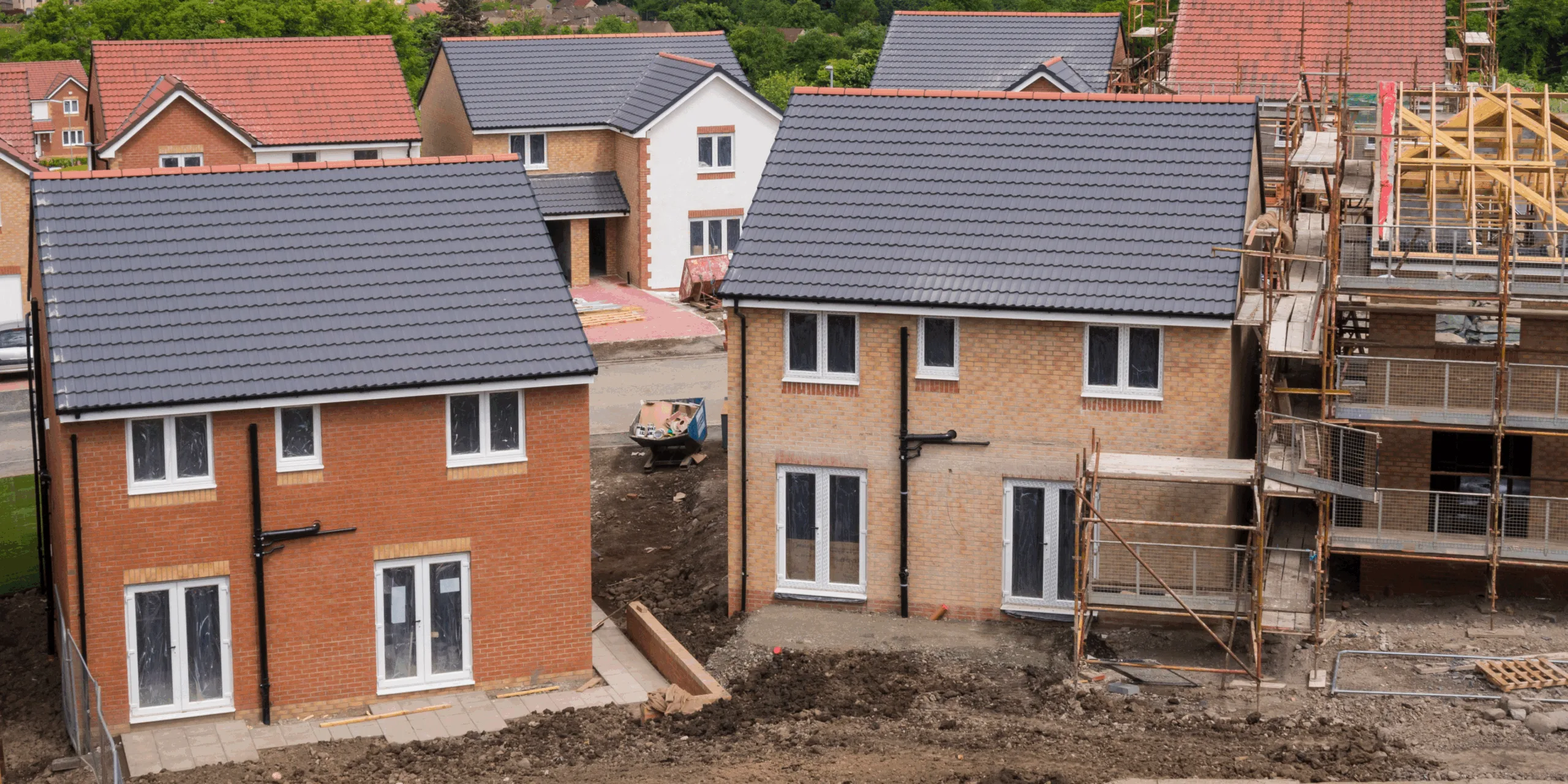What is GGBS and why should you use it for construction?
GGBS, or Ground Granulated Blast Furnace Slag, is a high-performance cement substitute made from a by-product of iron and steel production. Known for its ability to enhance the strength and durability of concrete, GGBS is widely used across construction sectors – from housing and commercial buildings to civil infrastructure like bridges and tunnels. At LKAB Minerals, we supply premium-quality GGBS that meets BS EN 15167-1 standards. By incorporating GGBS into your concrete mix, you can achieve long-lasting, lower-carbon, and better-performing structures.
What is GGBS?
GGBS is produced by rapidly cooling molten blast furnace slag with water. This quenching process forms a glassy granulate, which is then dried and ground into a fine, cementitious powder. While it doesn’t act as a standalone cement, GGBS is typically blended with Ordinary Portland Cement (OPC) to improve both fresh and hardened concrete properties.
Our GGBS offers a consistent particle size and reactivity level, making it suitable for a wide range of construction applications. It also offers advantages in both technical performance and environmental impact.

Key benefits of using GGBS in construction
Using GGBS in concrete brings a host of benefits that support both structural performance and sustainability goals.
Durability enhancement
GGBS concrete exhibits superior resistance to aggressive environments. It helps protect against:
- Sulphate and chloride attack
- Alkali–silica reaction (ASR)
- Carbonation
- Freeze–thaw cycles
This makes it ideal for use in marine structures, sewer systems, water treatment plants, and basements where long-term durability is essential.
Lower heat of hydration
When used in mass concrete pours, such as foundations, retaining walls, or bridge piers, GGBS reduces the peak temperature rise during hydration. This minimises the risk of thermal cracking, improving the structural integrity of large concrete elements.
Improved workability and finish
Concrete mixes with GGBS are more workable and easier to place, especially useful for intricate formwork or detailed finishes. The material’s fineness leads to a smoother texture and a lighter-coloured surface – an advantage for architectural applications.
Environmental benefits of GGBS
Reduced carbon footprint
One of the most compelling reasons to use GGBS is its role in decarbonising construction. Replacing a portion of Portland cement with GGBS – often between 30% and 70% – significantly reduces the embodied carbon of concrete.
For reference, manufacturing 1 tonne of Portland cement releases roughly 900 kg of CO₂. Since GGBS is a by-product that requires far less energy to process, it contributes much less to overall emissions.
Supports circular economy goals
GGBS exemplifies how industrial by-products can be repurposed into valuable construction materials. It transforms what would otherwise be a waste material from the steel industry into an essential construction resource. This aligns with circular economy principles and contributes to greener building practices.

Where is GGBS used?
GGBS is highly versatile and is used in a variety of construction applications. Some of the most common include:
Infrastructure
Bridges, tunnels, roads, and retaining walls benefit from GGBS-enhanced durability and sulphate resistance. It helps extend the service life of structures and reduce maintenance costs.
Foundations and substructures
GGBS is ideal for below-ground applications such as pile caps, basements, and footings, where moisture and chemical exposure are common concerns.
Precast concrete
For manufacturers of beams, panels, and blocks, GGBS improves finish quality, workability, and early-age strength development when blended correctly.
Marine and water-retaining structures
Due to its low permeability and resistance to chloride ingress, GGBS concrete performs exceptionally well in sea defences, ports, wastewater plants, and reservoirs.
Architectural and exposed concrete
The lighter colour of GGBS-blended concrete is particularly valued in exposed finishes, façades, or decorative applications where aesthetics matter.
How LKAB Minerals adds value
At LKAB Minerals, we work closely with concrete producers, civil engineers, and contractors to deliver high-quality GGBS with reliable supply logistics. Whether you require bulk deliveries or smaller bagged options, we ensure your GGBS arrives on time and to spec.
Our technical teams offer guidance on:
- Optimal replacement ratios
- Mix design adjustments
- Compliance with British and European standards
- Environmental impact assessments
We help you get the most out of GGBS across your projects – whether for commercial developments or complex infrastructure works.

A modern material for high-performance concrete
GGBS is not a trend – it’s a well-established, high-performance material used in modern concrete construction around the world. With the increasing emphasis on resilience, lifecycle performance, and lower-carbon materials, GGBS is more relevant than ever.
Its advantages include:
- Long-term structural durability
- Reduced CO₂ emissions
- Excellent workability and surface finish
- Enhanced resistance to aggressive environments
As global construction standards evolve, the use of supplementary cementitious materials like GGBS will continue to grow. Integrating GGBS into your concrete mix designs is a straightforward way to meet both technical specifications and environmental targets.
Interested in specifying GGBS for your next project?
Explore our GGBS product page for more information or contact our team for expert guidance and tailored supply solutions. You can also follow us on LinkedIn to stay updated on our latest insights and product developments.




